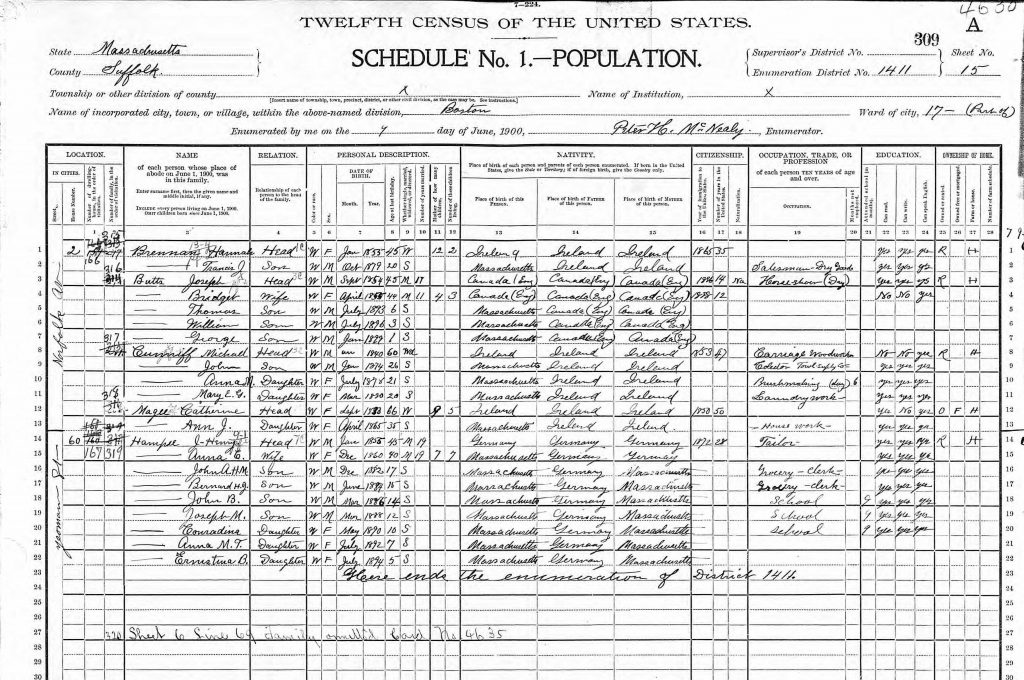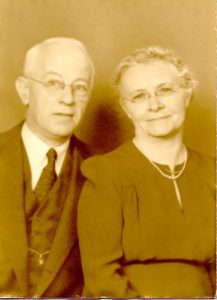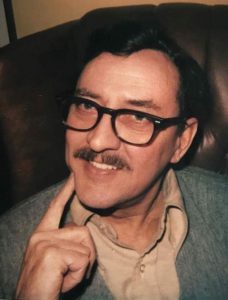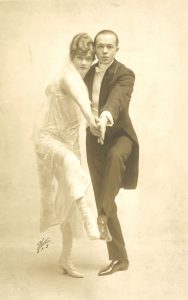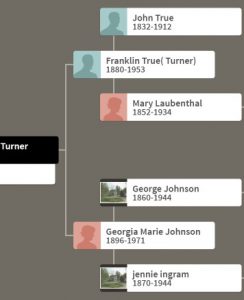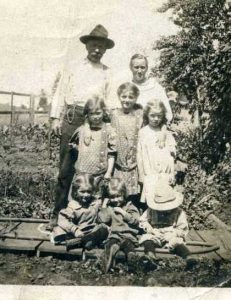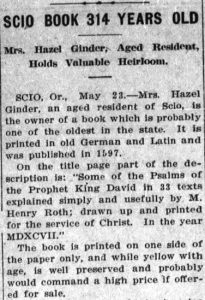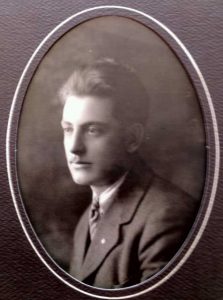
My mother’s dad Frank White Lee (1908–1988) was a quiet man. He worked hard, and his silence was a mode we were taught to give all due consideration. Once, when my sisters and I were a bit too raucous, my grandfather told us that we needed to be quiet, or the “Indians in the basement” would hear us – and come after us for misbehaving. Because Grandpa rarely spoke, we weren’t sure what to believe. (P.S. – Grandpa did not mean to be politically incorrect – it was 1965.)
Grandpa was born in Wyoming, but said little about his family. His mother Dora Ono Wilcox (1880–1916) had died from complications in childbirth, and his father died when he was sixteen. Continue reading Indians in the basement
